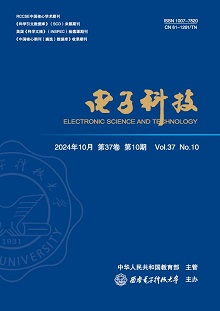In view of the load fluctuation caused by EV disordered charging, this study proposes an EV clustering optimization community load strategy based on flexible optimization mechanism. The strategy divides the community load sequence and EV sequence according to the EV return time, and the EV vehicle sequence is divided into the strategic response vehicle group and the common vehicle group according to the policy responsivity. The grid side and the strategic response vehicle group sign contract A and contract B with flexible limit, and formulate the charging and discharging plan of each vehicle group. Contract A focuses on considering the user benefit, and optimizes the community load sequence of each vehicle sequence to obtain the discharge revenue by controlling the strategic response vehicle group. Contract B focuses on the demand of car usage, and adjusts the charge and discharge plan of EV to balance the contract execution and EV availability, while minimizing the fluctuation of community load sequence. In this study, the household load of a certain community is taken as an example, and the objective function is to minimize the load peak-to-valley difference and the user's expenditure cost, and the contract scenarios are solved by joint modeling through MATLAB, Yalmip platform and Gurobi solver. The results show that the peak valley difference of community load in each contract scenario is reduced by 3.74%, 2.87% and 5.04% respectively after the implementation of the strategy, and the EV sequence cost expense is reduced by 10.80%, 5.23% and 10.55%, respectively.
